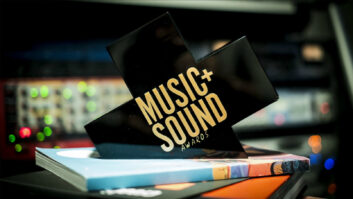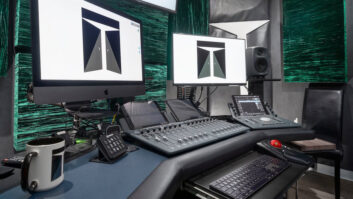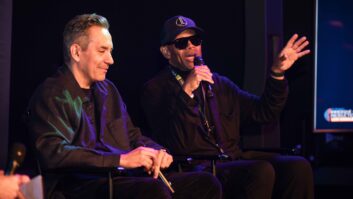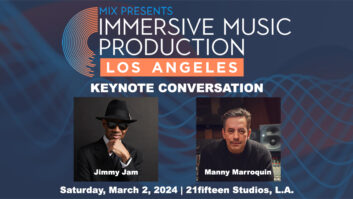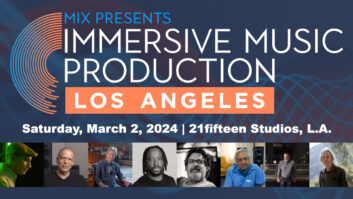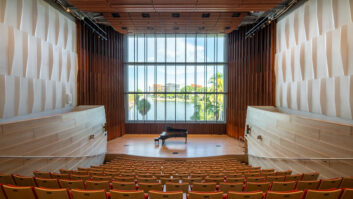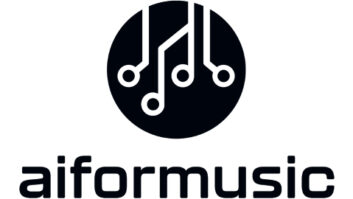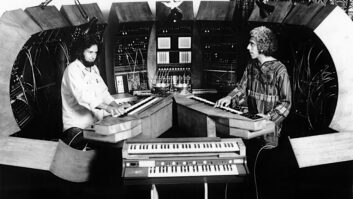Experience Music Project (Seattle) opened a comprehensive exhibit of Jamaica’s pop music dubbed “Island Revolution: Jamaican Rhythm From Ska To Reggae, 1956-1981,” which will be located in the museum’s Special Exhibit Gallery on June 8, 2001.
Tracing the development of Jamaican popular music, from its indigenous roots to ska, rock steady and reggae, “Island Revolution” examines the role of music in a small Third World nation and the international influence that resulted. This exhibit houses an interpretive mix of rare artifacts, recordings and photographs obtained during a global three-year research and acquisition effort by EMP curators.
“With its insistent rhythms and inspirational lyrics, reggae influenced the world both politically and musically,” said EMP curator Dave Rosencrans. “Jamaica’s musical development embodies the themes of community and personal expression, which are the bedrock of EMP’s permanent exhibits.”
EMP outlines the cultural and political setting in Jamaica from 1956 to 1981 through this exhibit. Divided into five sections, “Island Revolution” highlights the evolution of Jamaican sound. Beginning with the pre-independence sound system era, the exhibit moves through the rise of ska, rock steady and reggae, including the latter’s offshoots, dub and DJ music. Each section is filled with artifacts, photographs and musical recordings from the country’s legends, including Peter Tosh, Jimmy Cliff, The Skatalites and Lee “Scratch” Perry.
Highlighted exhibits in “Island Revolution” include the presence of music legend Bob Marley and his group The Wailers, the story of Sister Mary Ignatius Davies who provided music and instruments to students at the Alpha Boys School in Kingston, Jamaica, and the Dub Chamber, a self-contained walk-in audio experience that emanates pulsating reggae beats of featured artists such as King Tubby and Augustus Pablo.
For more, visit www.emplive.com.
